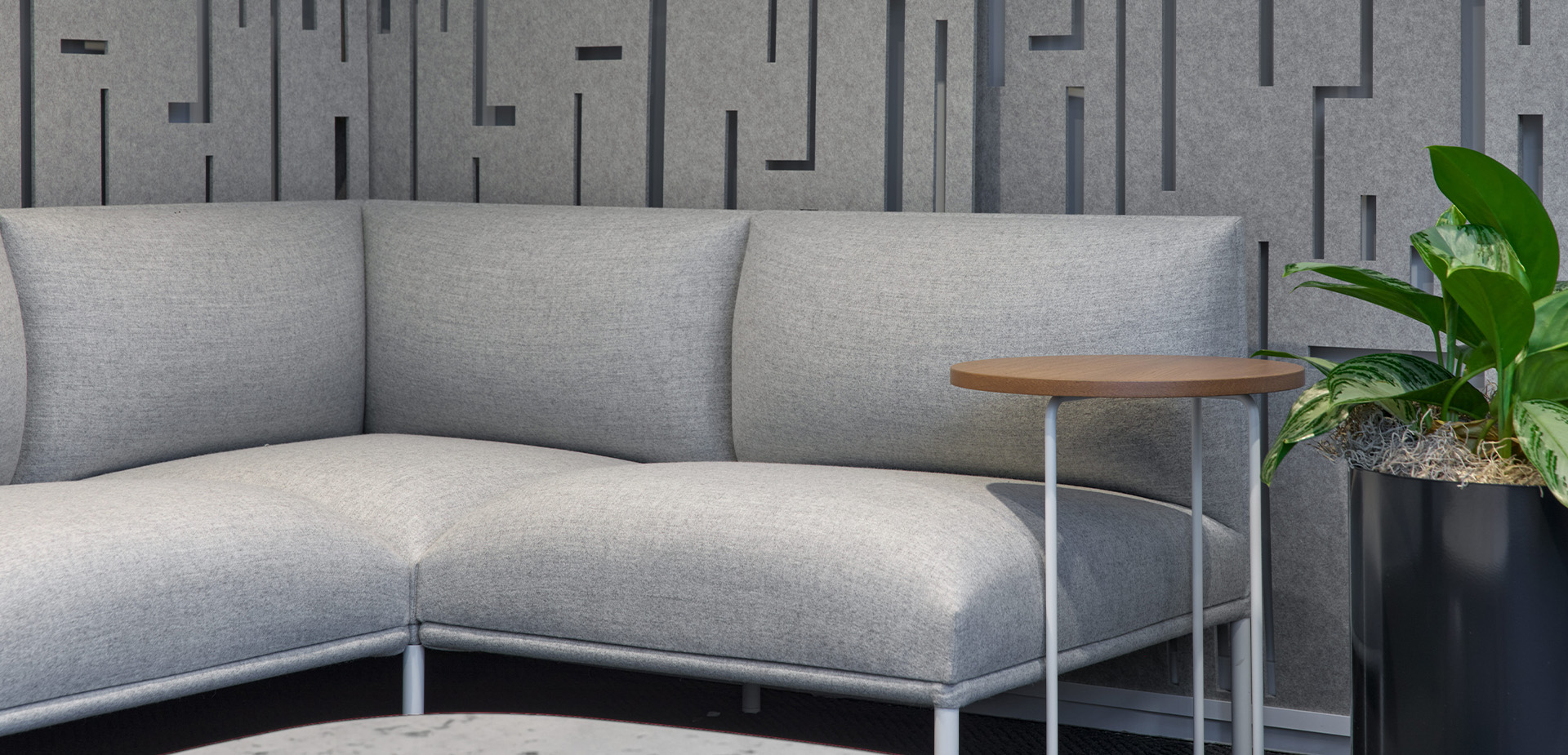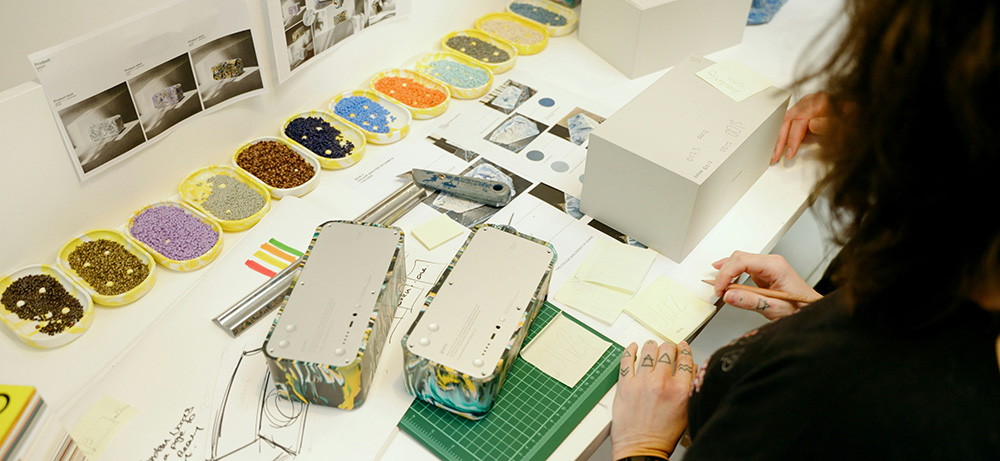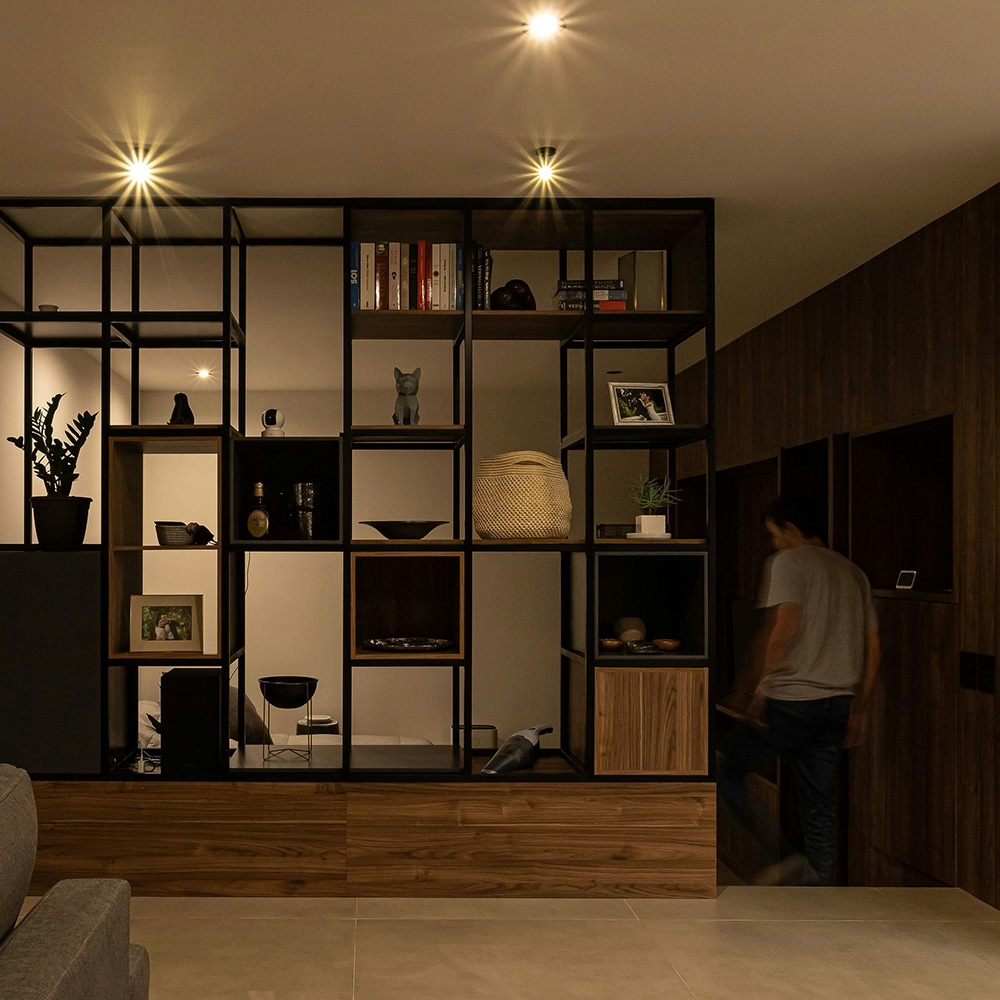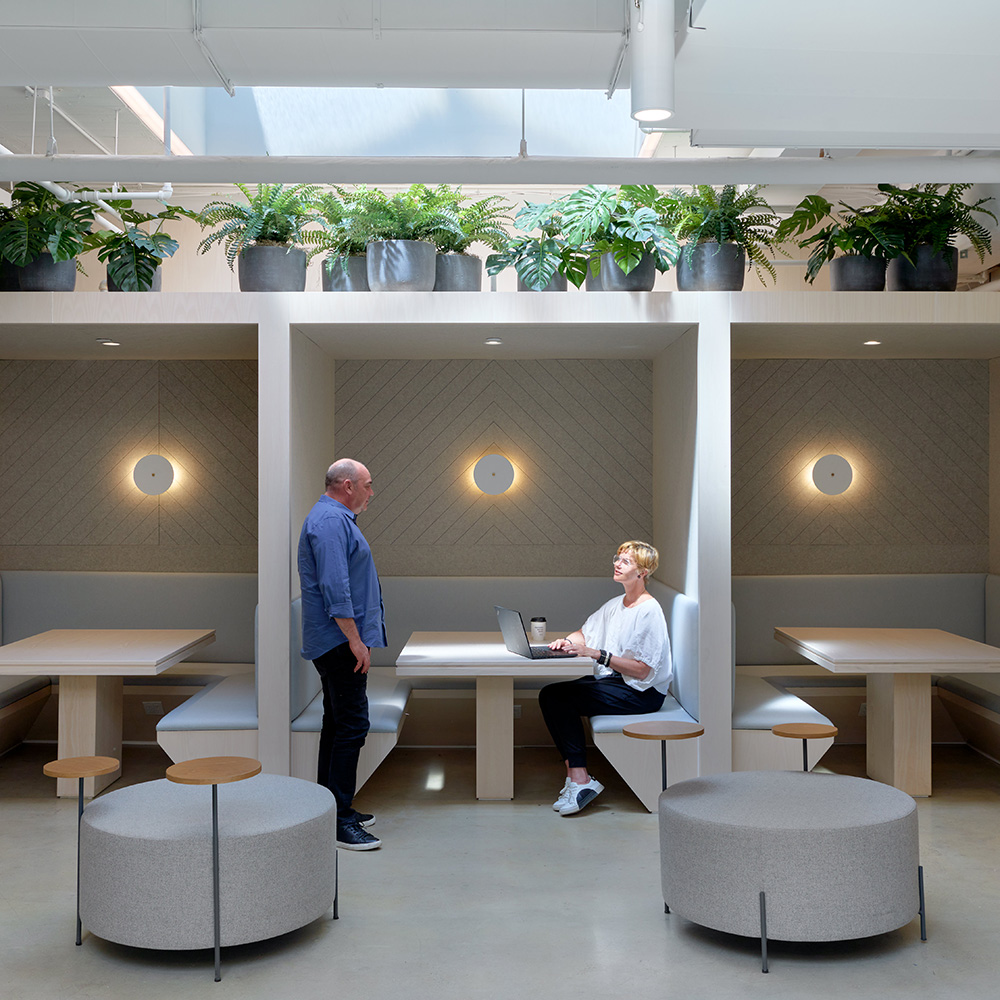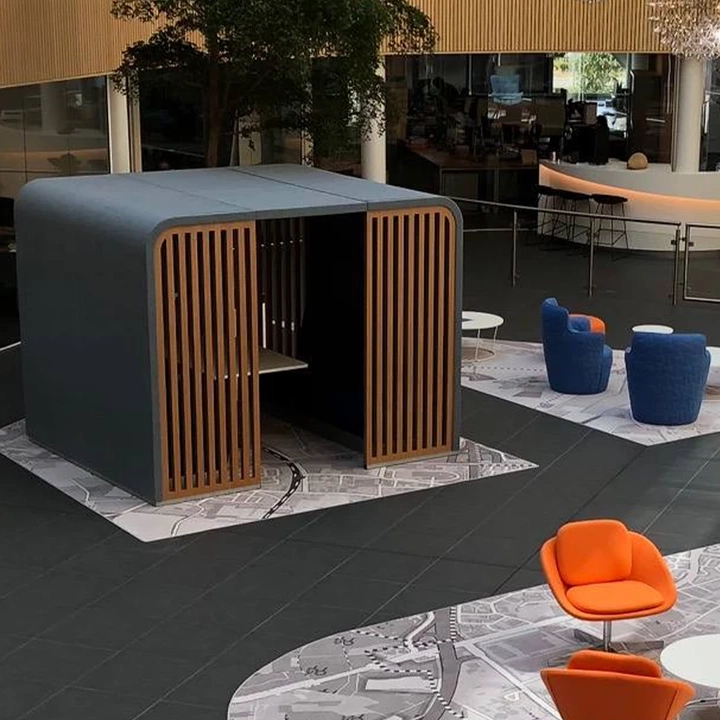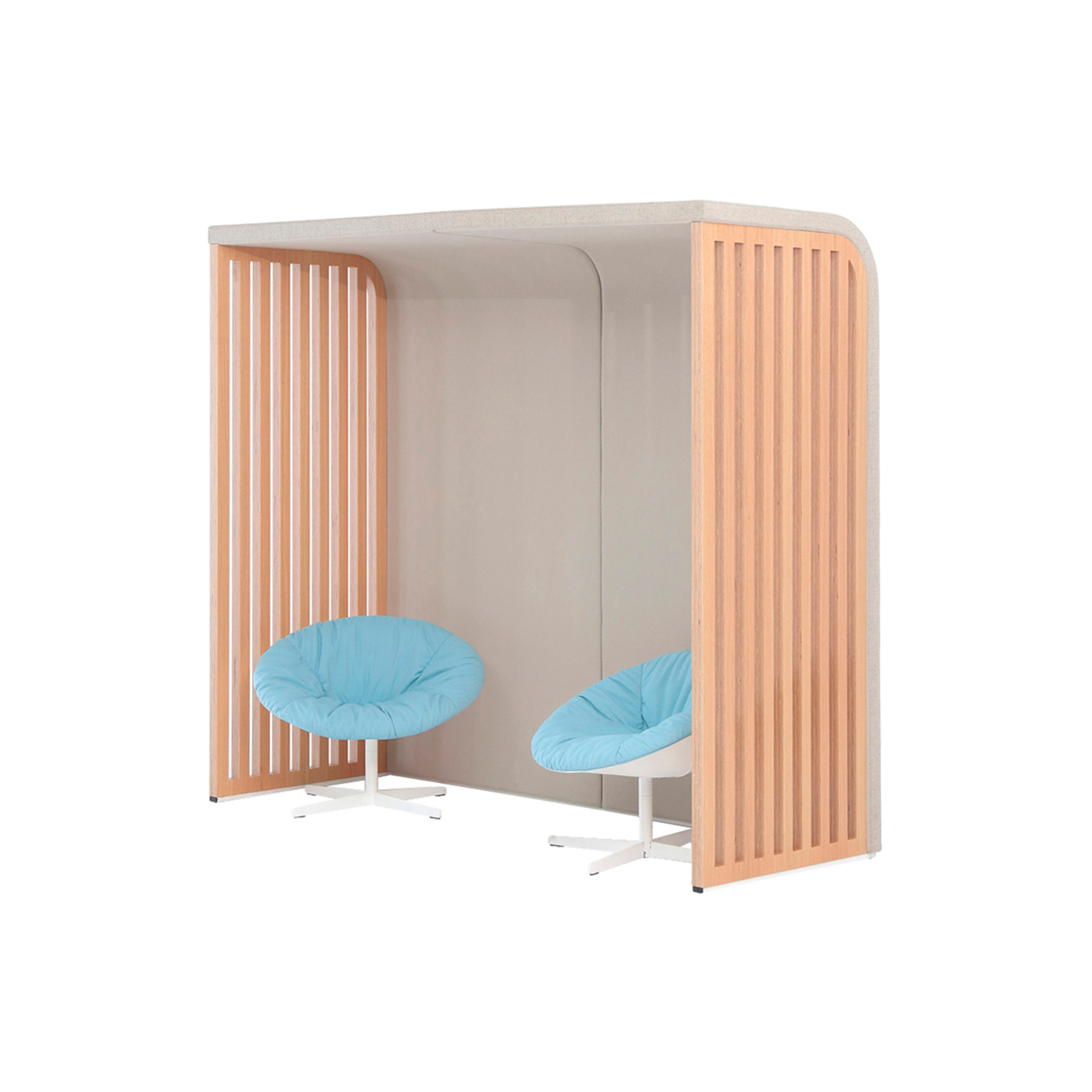-
In today’s fast-paced world, adaptability is everything. Whether in the workplace, hospitality settings, or public spaces, the ability to reconfigure interiors to meet evolving needs has become a top priority for designers and business owners alike. This shift has given rise to modular design—an approach that embraces flexibility, efficiency, and sustainability without compromising aesthetics.
-
Modular furniture and architectural elements allow spaces to transform effortlessly. In offices, movable partitions, reconfigurable seating, and multi-functional workstations accommodate changing team sizes and work styles. In hospitality, modular lounge seating and dynamic room layouts offer guests a curated experience that evolves with their needs. The beauty of modularity lies in its ability to create environments that respond to users rather than forcing users to conform to a static design.
-
Sustainability is another driving force behind modular design. Instead of demolishing and rebuilding spaces when needs change, businesses can repurpose and reconfigure elements, significantly reducing material waste. Many manufacturers are also embracing modularity by designing products that can be easily disassembled, repaired, or upgraded—extending their lifecycle and reducing environmental impact.
-
-
-
-
The aesthetic appeal of modular design has also evolved. Gone are the days of rigid, uninspired office cubicles. Today, modular pieces are designed with sophisticated finishes, premium materials, and seamless integration of technology. Acoustic panels double as art installations, modular sofas blend sculptural forms with ergonomic comfort, and adaptable shelving units create statement pieces that also serve practical functions.
-
-
Chalet
-
Technology further enhances modular spaces by integrating smart systems that allow for dynamic lighting, noise control, and even furniture that responds to user preferences. Imagine an office where desks automatically adjust to standing or seated positions based on an employee’s schedule, or a hotel suite that transforms from a workspace during the day to a relaxing lounge in the evening. These innovations are redefining what it means to create user-centered environments.
As businesses and designers look toward the future, modularity will continue to shape the way we think about interior spaces. The ability to design with flexibility in mind not only future-proofs a space but also ensures that it remains relevant, comfortable, and functional in the years to come. With its perfect blend of form, function, and sustainability, modular design is no longer just a trend—it’s the future.
